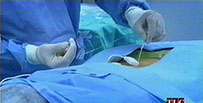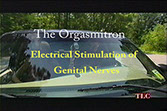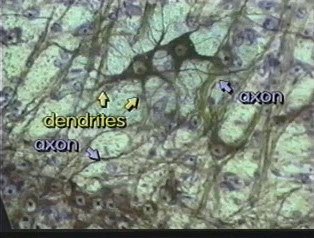Chapter 3
Required
Click Here for the study guide as a pdf file
Click Here for the study guide as word.doc
Click Here for the practice test
Click Here for the handout called "action potential of neurons"
Click Here for the handout called "Folds of the brain"
Click Here for the powerpoint slide notes
Optional
Click Here for a good chapter titled "The Big T: Defining Testosterone. From the book "Sex on the Brain" by Deborah Blum.
Click Here to be taken to an MSNBC video on how Parkinson's Patients have been helped with deep brain stimulation.
Click Here to be taken to an MSNBC Site that reports on a man playing the Sax while doctors were operating on his brain.
In our summer 2015 class some were curious about my claim that novocaine works by blocking sodium ion channels. Here is some information I found:
Click Here for a short piece that says Novocaine isn't used anymore because there is better stuff out there. Talks a little bit about the history of dental anestetics, including cocaine.
Does Novocaine work by blocking the sodium gates or does it work at the synapse? I can't tell for sure. Click Here for several excerpts that speak about his. One says it "stabilizes the neuronal membrane". One says it "works on the sodium channels inhibiting ion exchange and depolarization". One says "It can't open the ion gates that cause the nerve to fire". But another says "it blocks the chemical receptors on nerve cells that sense pain preventing neurotransmitter chemicals from binding to the receptors." Maybe it does both???
Someone asked about the advantages of mylen. Click Here to see what I found.
Click Here for a short piece from the journal Science on how when male crayfish become dominant (after a fight) it changes their biology, making them better and more aggressive fighters. An example of how our experiences can change our biology.
Click Here for a link to a neuroscience web site that has some nice video material on the brain and nervous system.
Click Here for a piece on lobes of the brain, the cortex, and the split brain studies. If after reading our text, you're still a little confused, this piece could help.
Click here for a piece on neurons and action potentials from a different textbook. If after reading our text, you're still a little confused, this piece could help.
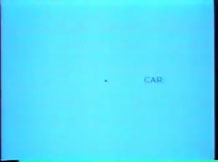
Click Here to watch a split brain patient respond to
"What did you see"? This mirrors closely what we'll
mention in lecture.
Click the pic on the right above for a 2:00 clip on how doctors are helping inorgasmic women by inserting electrodes into the spine and stimulating the right nerves.
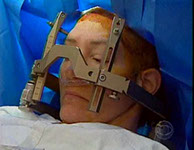
Click the pic at the left for a 12:00 complete segment from 60 Minutes about how depressed people have been helped by drilling a hole in their brain and inserting an electrode that stimulates an area called "area 25".
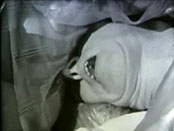
Click the pic at the leftfor a short segment 2:32 from documentary in 1960 where a neurosurgeon who had stimulated a woman's brain with an electrode talks with her about the experience.
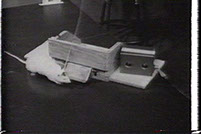
Click the pic at the left for a movie that is an old piece that shows some early thinking that drug addiction might be best explained by brain stimulation in parts of the brain. It then shows some archival footage of an old experiment by Dr. Olds that showed rats would press a bar for brain stimulation for long periods of time and even brave severe shock for such stimulation.
